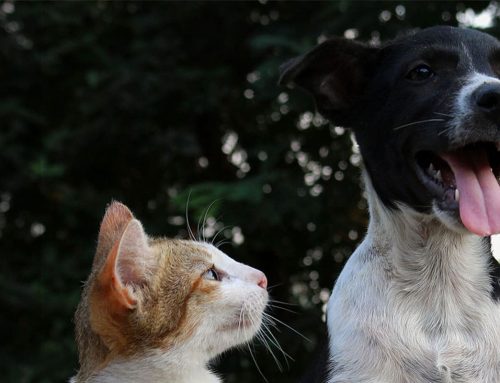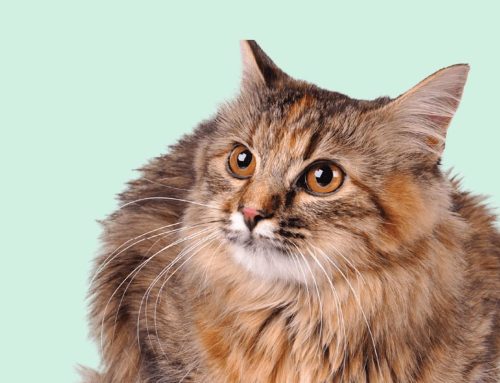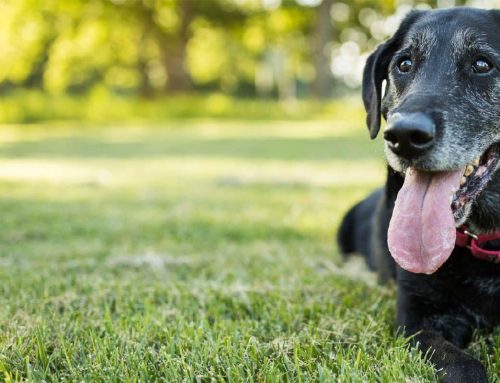Are you noticing that your cat is no longer jumping and playing with its favourite toy for hours and hours? There may be a reason: Osteoarthritis. Osteoarthritis is a chronic joint disease which makes your cat’s movement hard and painful. This disease is mostly found in middle to senior aged cats, however younger ones can develop the disease as well. A research study found that 20% of cats are likely to get affected by this disease.
It is very sad to see a cat that was once active and playful now limping or suffering from movement pain. As studies show, there is no complete cure present for Osteoarthritis but there are certain things which can be done to decrease the pain and increase mobility.
Early Symptoms of Osteoarthritis
- Difficulty walking, climbing and getting in and out of the litter box.
- A decrease in mobility and activity especially play.
- Resting more often during the day, and slowness in getting up.
- Loss of appetite and weight loss.
- Failing to groom themselves.
- Stiff movements after a rest or in cold weather.
- Limping.
- Swollen joints that are sensitive and warm to the touch.
- Licking or biting at the joint.
- Preferring warm and soft places to lie down.
- There can be a change in personality, e.g. no longer likes to be touched.
Unfortunately, many people mistake these symptoms for old age. If any of these symptoms present themselves, book in to see your vet. The sooner your pet is diagnosed and treated, the better.
Causes of Osteoarthritis
There are two main categories:
1. Abnormal Stress on normal joints
- Past injury that has caused damage to the joint
- Joint wear and tear
- Overweight
2. Normal Stress on Abnormal Joints
- Growth defects that have affected the shape and stability of a joint
- Poor limb configuration that can cause an uneven load on joints, like bow legs or knock knees
Stress on a joint in any way can be bad and it eventually starts the destruction cycle of inflammation of the joint area, which lead to pain for your pet.
Treatment of Osteoarthritis
Three main ways to reduce the pain and discomfort caused by Osteoarthritis include:
1. Weight Control
Cats suffering from choric pain caused by osteoarthritis become less mobile which can lead to obesity. Controlling your pet’s weight will help reduce the load on arthritic joints. Controlling weight in pets is just like controlling weight in humans, so a balanced diet and correct exercise are essential. Consult your veterinarian for a better diet and exercise plan.
2. Work out
Strong muscles help to sustain and hold the joints together, so strengthening muscles is vital. Help get your pet active and mobile again with moderate, low impact exercise. Talk to your vet about ways you can achieve this for your pet, taking into consideration the fact that Osteoarthritic cats require rest, just as much as exercise.
3. Anti-Inflammatory Drugs
These are used to fight inflammation and swelling in joints and provides ease from pain, helps in movements and protects the joints from further damage. Non-Steroidal Anti Inflammatory Drugs (NSAIDs) are the first line of therapy in the treatment of osteoarthritis in felines. The disease cannot be cured, and treatment acts only to prevent further injury and control pain. New NSAIDs provide better efficacy in reducing pain and inflammation and they also assist in increasing mobility without the significant side effects.
There are many other anti-inflammatory treatments recommended by vets to help reduce pain and protect cartilage from further degradation. These include:
- Injections administered by your vet that contain Pentosan Polysulfate Sodium; and
- Nutraceuticals containing Glycosaminoglycans (GAGs) – the essential building components for joints and cartilage. They can be mixed with your pet’s food and are used with other medications like NSAID’s.
In addition to all this, the vet may also recommend physical therapy, cold or hot packs, warm water baths, massage or acupuncture to ease pain. In severe cases surgery may be recommended.
What’s the outlook for a pet with Osteoarthritis?
Osteoarthritis is a disease that may progress very gradually over several years or very quickly in a matter of months or even weeks. Rates of progress really come down to your pet’s age, activity level, the joints involved and the causes leading to it. For some pets, pain and mobility loss can be controlled and managed for a longer period just by following simple schedule that includes weight loss, mild to moderate level of exercises and anti inflammatory drugs. Some pets need long term use of medicines and treatment if severe damage to the joints is occurring rapidly. In both cases, the vet is the right person to diagnose and prescribe treatment. Your care, love and attention along with the guidance of your vet will enable the osteoarthritic pet to live happy and healthy life for many years.




